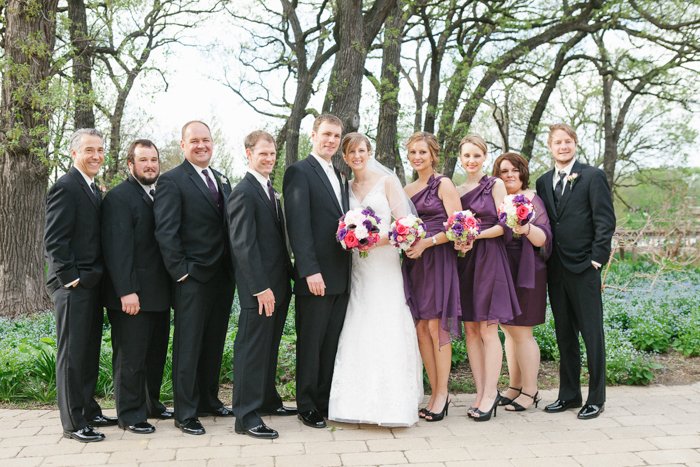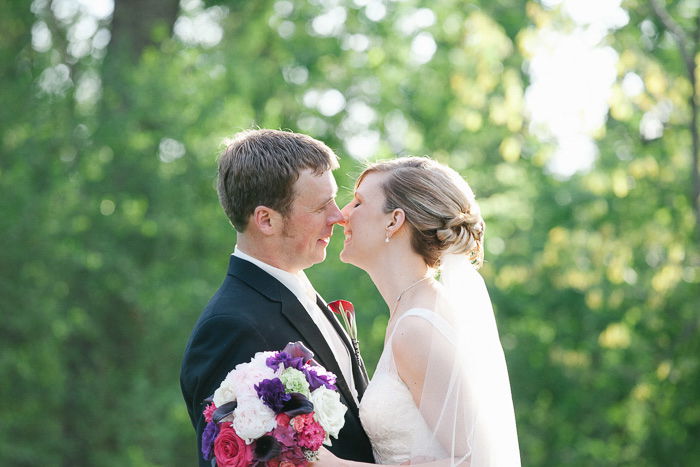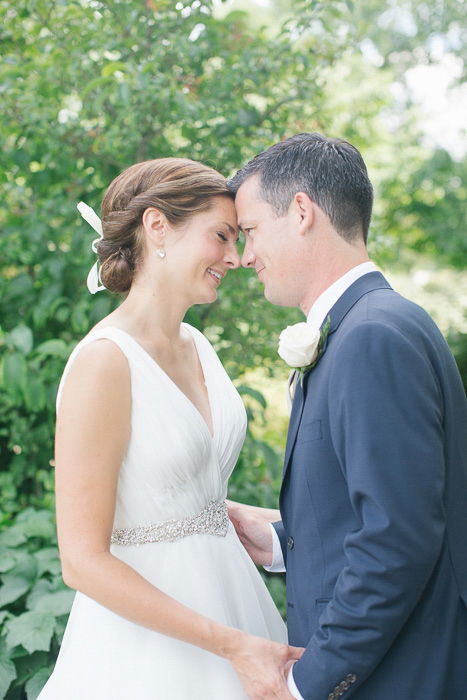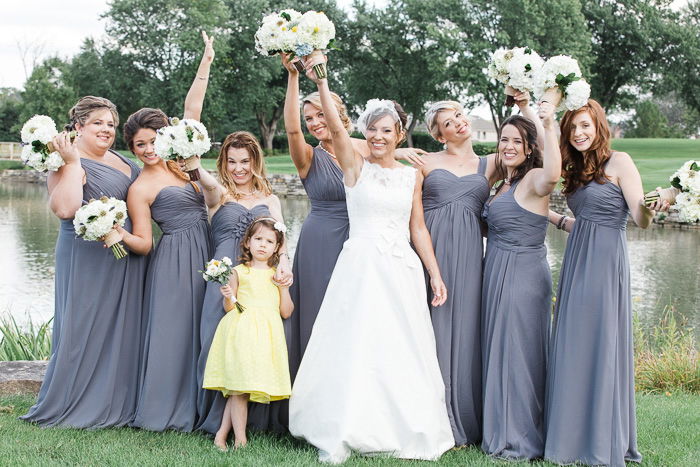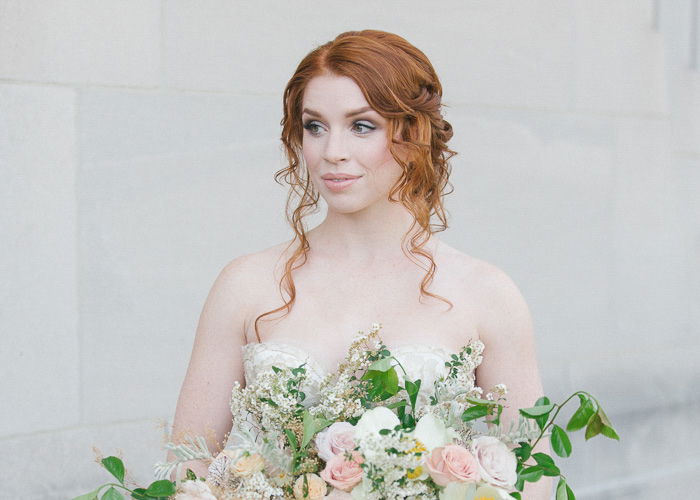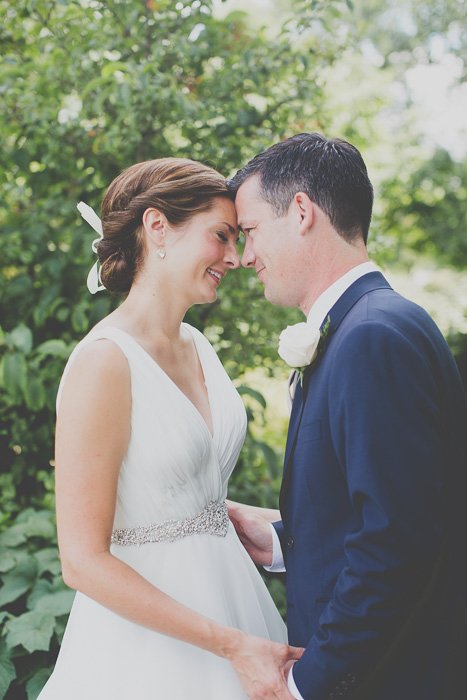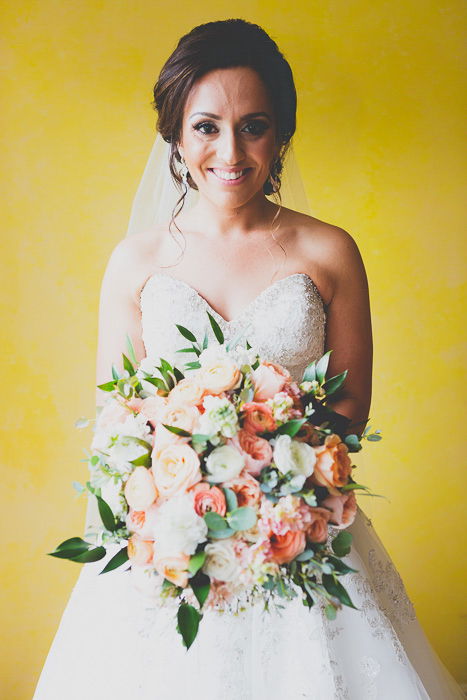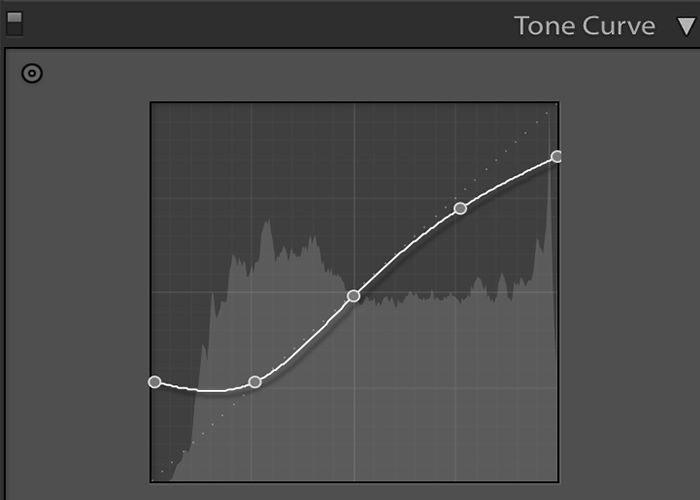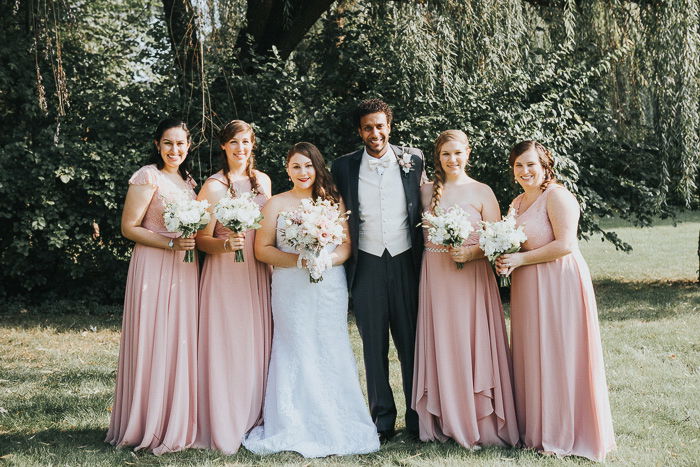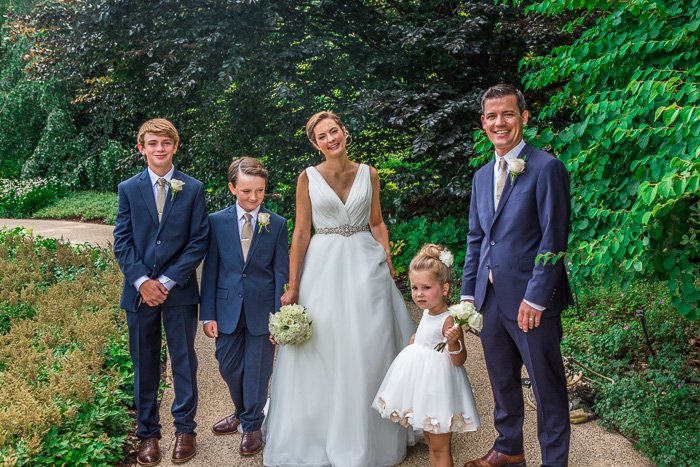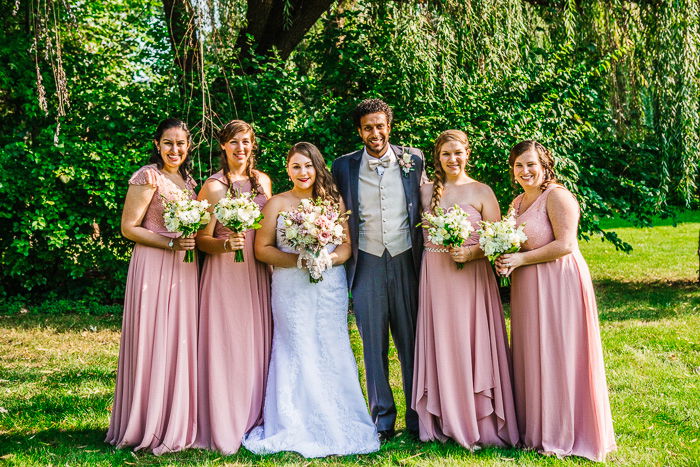The Impact of Your Wedding Photo Editing Style on Your Business
Your wedding photo editing style is one of the main ways you can stand out. And clients will pick a wedding photographer based on their photography style. This includes editing. There are certainly many different styles of editing wedding photos. Trust me when I say that there is a clientele and market for almost any type of wedding photography. Some styles are what I call evergreen. Natural looking wedding photos which feature bright and clean editing, for example. Dark and moody, HDR processed, special effects and sepia tones are temporary trends. The style of wedding photography you choose depends on what you want your work to show. And the type of clients you want to attract. When you are starting out, it is very tempting to pick a popular trend of wedding photo editing. It might seem like couples are gravitating towards that particular style. You might think it’ll make potential clients more likely to book your services. I encourage you to think long term business goals for a moment. Wedding photos last for generations. I still have my parents’ wedding photos in my study. And I love looking at old family wedding photos. They’re a way to connect with my family who are no longer around. People want to be able to identify features and colors. They want images that offer a true depiction of the actual events. They don’t want editing influencing the mood or tone of an image.
Trend no. 1: Light, Bright and Airy Photos
I started out with wedding photography a few years ago. So I took a hard look at my editing style to find consistency in what kind of work I was producing. I found that a majority of my images were bright and airy. And they gave a sense of clean natural editing. I like bright and airy images with lots of light and emotion. This kind of images inspire me and make me happy. I want my wedding clients to feel the same way. I want their images to be clean and as natural as possible. That’s why my style of wedding photo editing is somewhere between classic and airy. To make this happen on a consistent basic, I look for good light and a clean, uncluttered background. If I can only have one of these things, I will always pick good light above all else. I need that element for editing my photos in my style. I also like to have a consistent editing style between all the different types of photography that I create. It makes for a very efficient post-processing workflow. To make things even easier, I create presets that represent my editing style. I can use these across all the different genres with minor adjustments.
2. Dark and Moody
Dark and moody images are a recent but popular editing trend. These photos can look very romantic and bring a very cinematic feel to a photo. I have found that there tends to be a lot more saturation in some parts of the image. This means that certain skin tones look a little unnatural. Sometimes the darker tones mean that the images tend to have an orangish/black look. This doesn’t always translate very well when printed. Another thing is that this look does not translate well from an indoor to an outdoor setting and vice versa. Images from a complete wedding do tend to look a bit disjointed. They also do not flow well in terms of look throughout the day.
3. Matte Look
Matte images tend to appear as if you placed a slight hazy filter over the image. Sometimes, the image seems a bit soft and not quite tack sharp. These types of images also don’t translate very well onto a printed format. There are many different ways to add a matte effect to your images. One of the easiest ways is to adjust the Tone Curve in the Develop Module in Lightroom. Then adjust the individual points so that they form a ‘S’ shaped curve. You can always change the shape to fine tune the matte effect.
4. Desaturated Elements
A desaturated editing style means that all the colors in the image are very muted. Bright colors like red roses, or bright greens from outdoor foliage are all toned down. They appear less bright. Overall desaturation also tends to make the skin look muted and washed out. This style seems to be quite popular lately. It’s especially common for greenery (i.e. trees and brushes) to be toned down. A better option would be to tone down only certain colors. Not desaturate the entire image. This could be the bright green foliage, which would give a normal appearance to the image.
5. HDR Editing
HDR editing takes some getting used to. By definition, it means a high dynamic range of tones. This particular style tends to work well with landscapes and nature images. It helps bring out the colors and make landscape images pop. It does not work well in all forms of photography. With wedding photos, I find HDR editing very jarring and super saturated. Colors, particularly skin tones, look off. Now this is not to say that this will never work. If you like a more saturated and contrasty type of image, check out HDR editing. But keep in mind that you might have to tone down the colors and contrast to suit your style.
6. Black and White Wedding Photo Editing
Some photographers only work in black and white editing format for weddings. But I do feel like weddings have a lot of color and style elements. These do not always translate well to black and white. Oftentimes brides and grooms choose wedding colors to match their own personal style. If I were to convert every photo to a monochrome color scheme, a lot of those details would disappear. On the flip side, a black and white image is so classic when done right. Think about how iconic old black and white images of your grandparents are. There is almost no need for any explanation about dates, eras or even styles. But the wedding industry these days is so much more detail oriented. It’s styled to suit every color palette out there. It would be a shame to not showcase all that beauty in wedding photos. That being said, I always mix a few black and white wedding images into my client’s wedding portfolio. Those are often the ones they print and hang on their walls.
Conclusion
As you can see there are many different ways to edit your client’s wedding photos. At the end of the day it all boils down to personal preference and the kind of clients you want to attract. When picking a style think about the longevity of photos and potential printing issues. Also keep in mind that your images will be easy to date if you choose a current trend over a classic one. Classic wedding images will also never go out of style. There is always a need for and a recognition of their beauty. If you’re looking for some more great tips, we have great posts on essential wedding accessories, free wedding photography presets or photo editing apps you should check out too!
